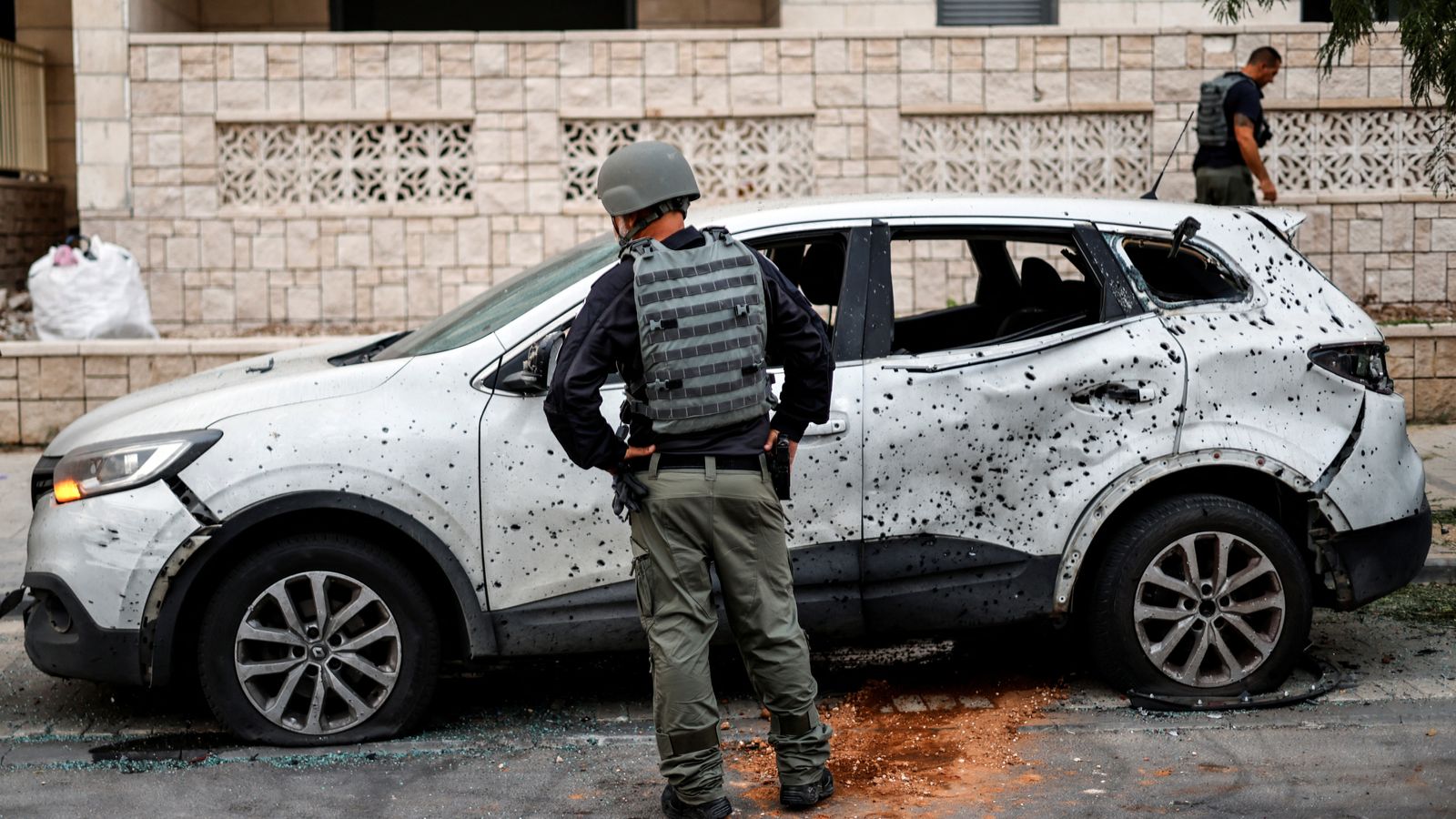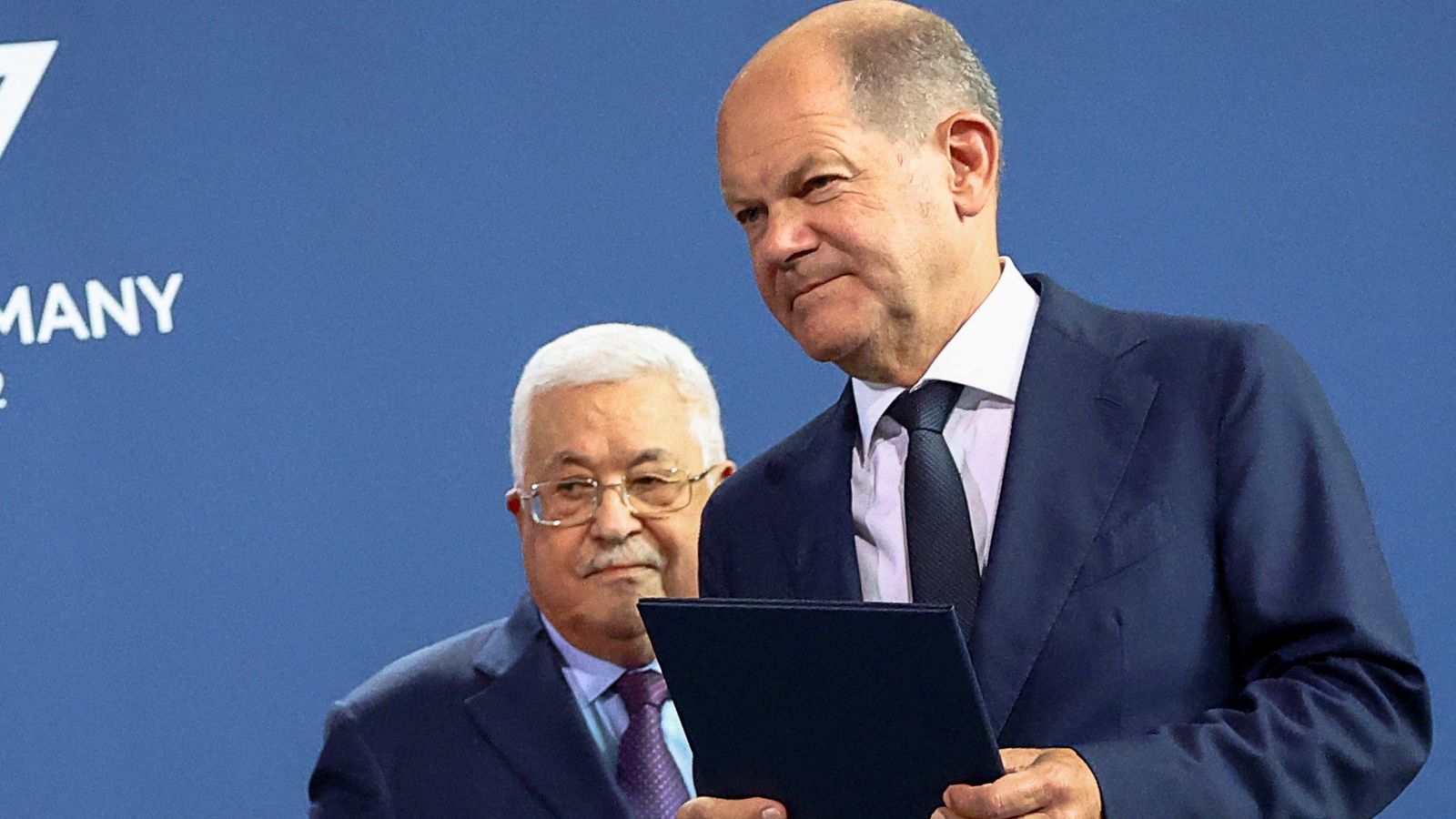New Ceasefire Proposal and the Original Witekov Proposal: What Are the Differences?
Al-Khamisa News Network - Gaza

All eyes remain on Israel’s response to the latest proposal presented by mediators to establish a temporary ceasefire in the Gaza Strip, after Hamas and other Palestinian factions responded with acceptance.
The new proposal calls for a 60-day ceasefire, and various parties have confirmed that it is not significantly different from the proposal put forward by U.S. Special Envoy Witekov a few months ago, which mediators have modified several times in hopes of its acceptance by both sides.
Qatar’s Foreign Ministry spokesman, Magid Al-Ansari, stated on Tuesday that the proposal submitted to Hamas for a ceasefire in Gaza represents “the best possible options” to prevent further bloodshed in the region. He added that Hamas’s response was “very positive” and closely aligned with what Israel had previously agreed upon; noting that Hamas’s acceptance covers 98% of what Israel had previously approved.
What are the differences between the original proposal and the updated one?
Guarantees
The new proposal, which incorporates some previous modifications made by Hamas and Israel, stipulates a 60-day ceasefire under the guarantee of mediators, including the United States. It also calls for immediate negotiations for the second phase, with the ceasefire continuing as long as negotiations are ongoing.
In contrast, the original proposal did not specify any guarantees and did not include language about maintaining the ceasefire during ongoing negotiations; it merely called for the parties to continue talks.
Live and Deceased Hostages
The new proposal includes the release of 10 Israeli hostages alive, in two batches—one on the first day and another on the fiftieth day—in exchange for a mutually agreed number of Palestinian prisoners in Israeli prisons. This includes approximately 140 prisoners with life sentences and long-term detention, alongside 60 prisoners who have served over 15 years, as well as women, minors, and others detained in Gaza after October 7, 2023.
The original proposal called for the simultaneous release of all hostages on the first day, following the same exchange format as the previous deal.
Additionally, the bodies of 18 hostages are to be exchanged in two rounds, starting from the seventh day until the thirtieth day. In return, a specific number of Palestinian bodies will be handed over—roughly 10 bodies for each Israeli hostage, similar to the original proposal.
Humanitarian Aid
Both the original and the new proposals agree on the immediate entry of humanitarian aid into Gaza from day one, with substantial quantities.
Israeli Withdrawal
Both proposals stipulate that Israeli forces will withdraw to pre-attack positions established before the ceasefire breach in March, with withdrawal distances varying across different areas—some up to about a kilometer, and others less or more.
Israel is expected to maintain its presence according to the latest mediator proposal, which Hamas has modified in the last four weeks, remaining in areas in Rafah near Muraq axis.
Furthermore, the proposals will address governance of Gaza, post-war arrangements, Hamas’s weapons and factions, and other critical issues as part of the overall peace agreement conditions.




